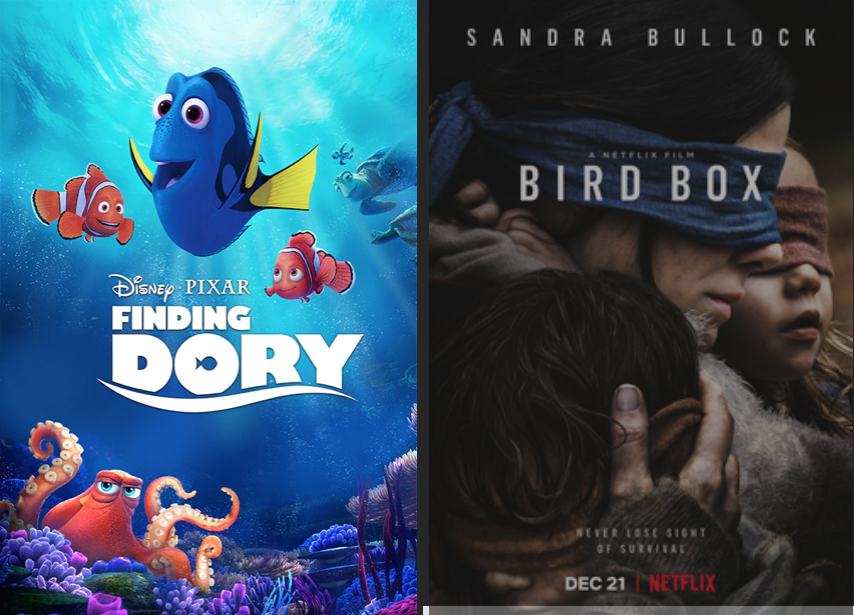Home » Resources » How to Be More Accessible to People Living with Visual & Hearing Impairments
How to Be More Accessible to People Living with Visual & Hearing Impairments
- December 7, 2022
- Written by cheni vega
In this blog, we’ll cover types of sensorial disabilities, including visual and hearing impairments. Although those with visual or hearing impairments tend to be underrepresented in marketing, some brands are making progress in including them in product development, advertisements, and content creation. To spark ideas for marketers looking to be more accessible, we’ve included a few of the best examples.
Visual Impairments
Let’s start with visual impairments. 8% of people within the United States has a visual impairment. There are differences of both kind and degree among visual impairments. Symptoms of visual impairments may include but are not limited to difficulty reading or watching TV and the inability to detect object size or color. These symptoms can result in unfair setbacks like the inability to obtain a driver’s license. Also, as a result of not being able to read, people with visual impairments usually communicate through braille.
Examples of Visual Accessibility
To be more accessible to people with visual impairments, Mastercard created the Touch Card, which allows those who can’t see the difference between their debit and credit card to feel the difference based on the card’s textured edges. LEGO created Braille Bricks so children with visual impairments can learn through playing. Finally, people with visual impairments can and should play protagonists in storylines. One beloved popular culture example is the movie Finding Dory, where one of the fish who helped find Dory was near-sighted. The movie Bird Box is also a good example, where individuals who were blind survived the end of the world and even created communities for other survivors. These examples take accessibility to a new level, while reinforcing the message that visual impairment doesn’t have to define or put limits on you.

Hearing Impairments
Another type of sensorial disability includes hearing impairments. 13% of people aged 12 and older have hearing loss in both ears. There are also different types of hearing impairments, such as Conductive Hearing Impairments, Sensorineural Hearing Loss, and Auditory Neuropathy Spectrum Disorder. The easiest way to communicate with most people who have a hearing impairment is through sign language. This method of communication, like any other language, has its own cultural nuances, idioms, and slang. According to a recent article in the New York Times, American Sign Language (ASL) has evolved in recent years to keep pace with changing trends in technology, social media, and even expanding vocabulary related to inclusivity.
Examples of Hearing Accessibility
Because sign language isn’t widely known outside of the Deaf community, platforms like Snapchat and TikTok have created filters that help teach it to wider audiences. Viral videos show ASL interpreters offering spirited translations during concerts and performances. Several other examples in popular culture also provide hope for more authentic representation. For example, the film A Quiet Place has been praised for its portrayal of the Deaf community, casting deaf actress Millicent Simmonds, its use of American Sign Language, and being one of the first films to showcase the cochlear implant. Similarly, the 2021 movie CODA, which follows the child of deaf adults, features the first deaf man to win an award for best supporting actor. Also, Marvel is releasing Echo, a series following Maya Lopez, a deaf character first seen in Hawkeye. Other companies that made accessibility a priority include Barbie, which has a doll with hearing aids to reflect the diversity children see around them, and Starbucks, which has a location that only takes orders in sign language or braille.



How Can Marketers Be More Accessible?
In addition to these inspiring and innovative examples, there are several very easy strategies that marketers can use to be more accessible to people living with visual or hearing disabilities. For example, for those with visual impairments, you can use alt text to describe what is taking place in an image and avoid relying solely on color or fonts to define meaning. Similarly, for those with hearing impairments, you could include closed captioning in videos, transcribe content, or use emojis or images to convey vocalizations. Last but not least, always make sure to make your call to action accessible by making it compatible with screen readers or voice-overs and using descriptive text.
Be sure to stay on the lookout for the remaining 2 entries which will discuss Cognitive Impairments, Motor Impairments and final thoughts on how to be inclusive to people living with disabilities!
RELATED: How to Be More Accessible to People Living with Cognitive & Motor Impairments
RELATED: How to Be More Accessible to People Living with Disabilities – Conclusion
If you missed the introductory post, you can find the link here.
We at PACO are incorporating these learnings into our work with our clients. Contact us for help on how you can be more inclusive in your marketing strategy.











